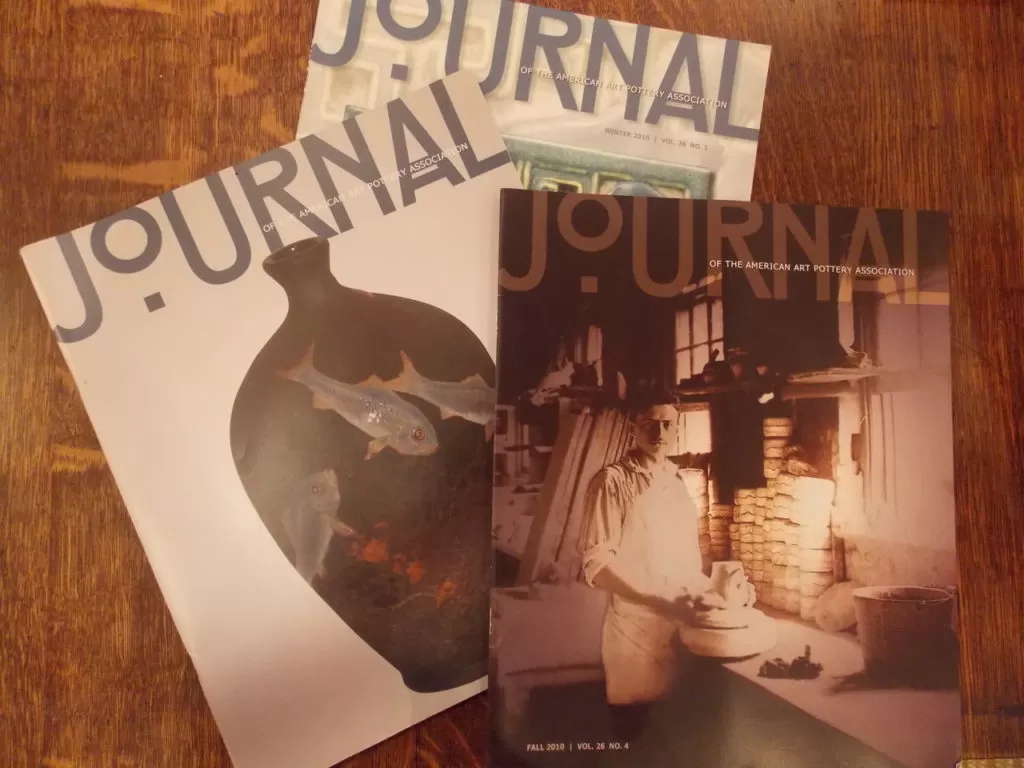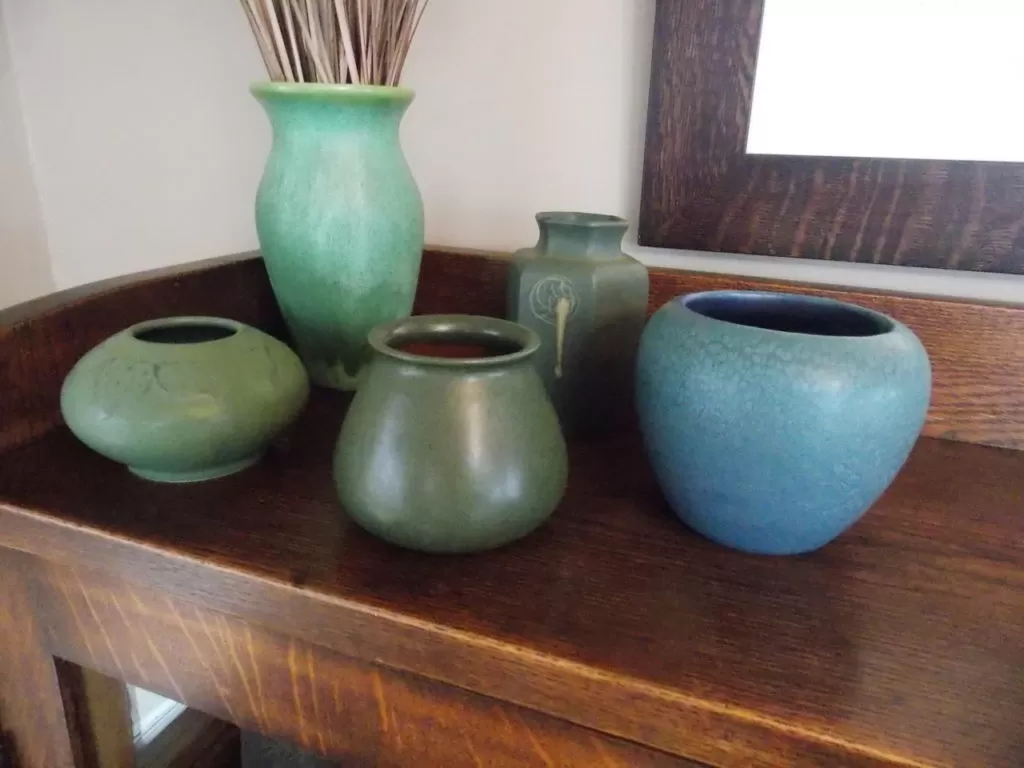Getting Excited
Although I descended from a family of collectors, none were drawn to art pottery, as the closest they came were mass-produced Normal Rockwell and M. I. Hummel “limited edition” figurines. But my mother and grandmother simply collected what they liked, which is certainly admirable, knowing as time passed, but never complaining, that their fragile figurines were steadily decreasing in value.
My own early phases of collecting included matchbook covers, baseball cards, and well-circulated and often worn quarters, nickels, and dimes gathered each Thursday afternoon on my daily paper route. I still have my blue Whitman coin folders, but chances are the coins I eagerly pressed into the empty slots above each year’s date aren’t worth much more than their face value. But the lessons I learned as a twelve-year-old paperboy have carried me through life: arriving on time, delivering what you promised and, above all else, giving your customers what has now become a true rarity — personal service.

My baptism into the Arts and Crafts creed sent me on a lifetime journey searching for red Stickley decals and carved Roycroft shopmarks. My severe case of tunnel vision prevented me from seeing untold numbers of fine examples of art pottery in the hundreds of shops and auctions I searched. It really was not until I attended one of the annual American Art Pottery Association spring conventions that I began to understand and appreciate art pottery, and began to realize the vital role it plays in creating an Arts and Crafts interior.
I arrived back in North Carolina with a box of matte green vases impressed with the shopmarks of Weller and Hampshire. With two young sons planning on attending college, I could not justify buying Grueby, Teco, or Newcomb, although as I learned more about them through the AAPA seminars and their outstanding Journal, my heart began to pound each time I carefully lifted one of these stellar examples from an exhibitor’s table.

And so, my foray into art pottery began with what I lovingly called my “cheap green pots.” Like the coins in my Whitman folders, they probably have not increased much in value, but they have done better than my grandmother’s Hummels. But also like her, I bought and continue to buy what I like, not planning to sell any of them like ordinary shares of common stock. Each always has a story behind it, from bidding at my first AAPA auction to picking out a special vase to give to Leigh Ann on her birthday.

In truth, I still do not own a piece of Grueby or Teco, and have just one Newcomb vase which I did give to Leigh Ann on her birthday. Instead, I have begun collecting vases and bowls made just a few miles from where we now live. In 1926, fifty-year-old Walter Stephen founded his third pottery, named Pisgah Forest Pottery, in a shanty he built in a lush, green valley a quarter mile from the French Broad River near Asheville.

I discovered Pisgah Forest Pottery late in my collecting life, which means that I have the opportunity to learn from the books and articles written by people such as Rodney Leftwich. It also means that I have to compete against veteran collectors and wise dealers for the best examples of Walter Stephen’s work.
But I’m not complaining, as I contend that one of the best aspects of life is still being able to get excited about a new discovery.
Until next time,
“Not everyone can afford original paintings, but most people can afford pottery.” – Susie Cooper, author
Bruce
For more information on the American Art Pottery Association, please go to: www.aapa.info.
